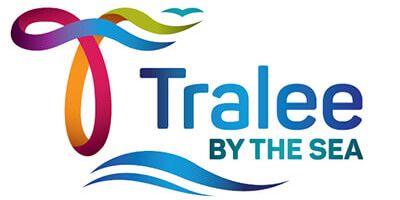A big go raibh maith agat to everyone who came yesterday evening to the Habitats for Bees & Butterflies with Niamh Ní Dhúill!
Niamh Ní Dhúill visited the Tralee Bay Wetlands yesterday, bringing her knowledge of bees and butterflies with her as well as a cúpla focal.
A group listened in on how to create simple natural habitats for bees, butterflies, and other wild creatures in your garden, as well as when and where bees and butterflies will be found. Niamh started the event with dead hedging, an old form of barrier created using branches, saplings, and foliage. A pattern of intertwining is created first to create the outside form, then foliage is placed in the centre to create a barrier. This natural barrier encourages wildlife of all shapes and sizes to that area, such as insects, bees, and birds.
Niamh then brought the group on a tour through Ash and Willow trees, talking though the importance of old walls and trees for bees and butterflies. Did you know that some bees nest in old wall crevices and in tree roots?
A species of flower we looked closely at was the Biolar gréagháin, known as the Cuckoo Flower. The Orange-tip butterfly can be seen from April. The male has large orange patches at its wingtips, while the female has black patches. The underside of both sexes exhibits a mottled green pattern. The Orange-tip butterfly uses the Cuckoo Flower to lay her bright orange eggs on.
Niamh then handed out a huge range of species identification keys, ranging from butterflies, spiders, bees, dragonflies & damselflies, flowers, trees, and lichens. The group then used these keys paired with hand lens and magnifying glasses to examine plant species up-close. She even brought some samples of insects such as bees, that people could use the hand lens to examine them closely.
Photo by Jarred Bridges.













